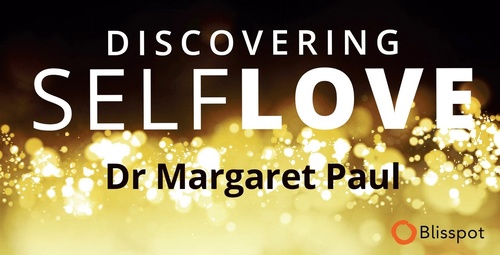When do you find it especially hard to show up for yourself as a loving adult?
All of us are, at times, challenged in being a loving adult.
Most of the time I can be a loving adult just by deciding to be. But there are times when I find it extremely difficult, and that’s when I need someone to step in and help me. For me, it’s when I’m exhausted due to not having slept well for a number of nights, or when I’m sick – which fortunately is rare for me. At these times, I just can’t get my frequency high enough to connect with my guidance, and without my guidance, I’m lost. I feel like I’m trying to navigate life with a blindfold on.
Medication
I’ve also had a few times when I’ve needed to take medication. I find that drugs lower my frequency so much that I can’t connect with my guidance. This is one reason I take such good care of myself physically — I hate the feeling of a lowered frequency and the resulting disconnection from my source of love and wisdom.
Addictions
In the past, before I knew how to be present for my grief, loneliness, helplessness and heartbreak, I would protect against these feelings with my various addictions. My addictions to sugar, anger, judgment, staying in my head, blame, and caretaking, would lower my frequency and make it impossible to connect with my guidance. There was no way I could be a loving adult while I was intent on avoiding my core painful feelings.
Of course, then I would feel anxious, shamed, or depressed, which would further lower my frequency, creating a feeling of being stuck. It’s only when I decided that I wanted 100% responsibility for my feelings that I could stop behaving in ways that kept lowering my frequency.
When Others Can’t be a Loving Adult
It’s important to understand that there are also times when others are unable to be in their loving adult. Being seriously ill is one of those times. We cannot expect a person, for example, with Alzheimer’s, to be able to be a loving adult. This is when we need to step in and be the loving adult for them.
Sometimes, for any number of reasons, someone needs to go on medication. Not everyone is as strongly affected by meds as I am, but many are, without realizing it. Medications can cause severe anxiety, panic, depression, rage or paranoia, making it impossible to connect with the love and truth of spirit. When someone you are close to has to be on medications and is severely affected by them, it can be very challenging for you to remain compassionate toward them, especially if they start to attack you. The challenge here is to remain compassionate toward yourself and them.
Let Go of Unrealistic Expectations
It is important not to expect people to be able to consistently show up as a loving adult when they are exhausted, or in deep grief, or when they are going through memories of past abuse. At these times, it may be too hard for them to get their frequency high enough to connect with their guidance. They need for you to compassionately understand this and not take their wounded behavior personally.
We are all human, which means that there are times when we are triggered into our wounded selves and we may get stuck there. With a consistent Inner Bonding practice, most of the time we can rapidly reconnect with our guidance, but when we can’t, it’s vitally important to reach out for the help we need.








